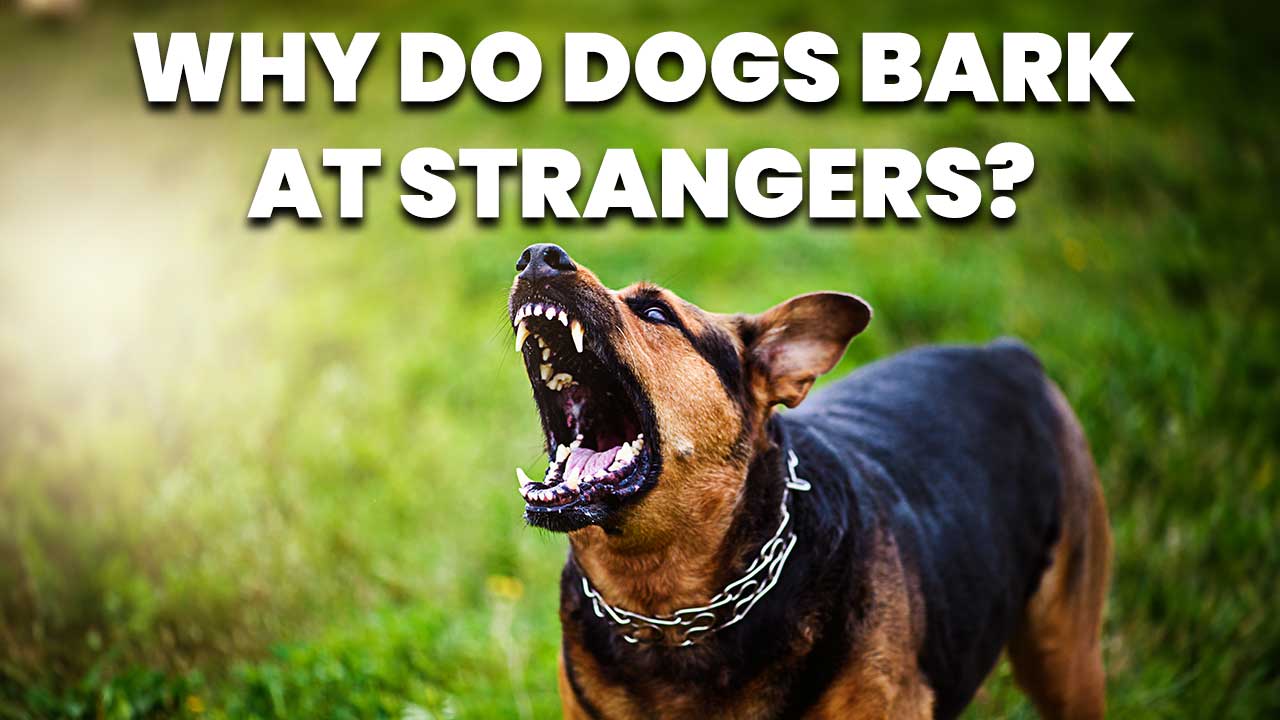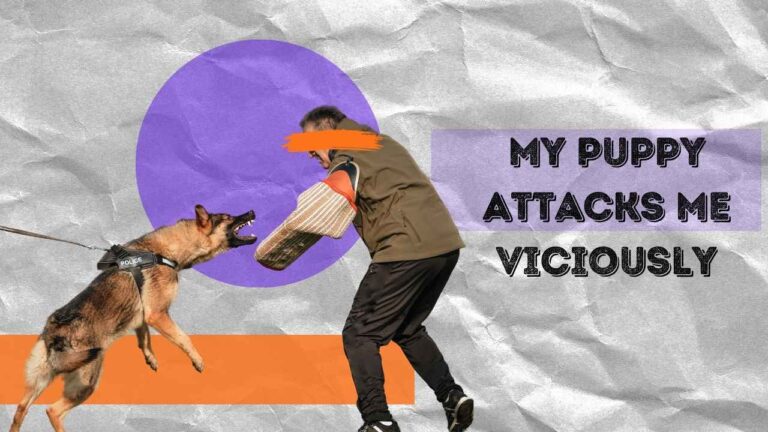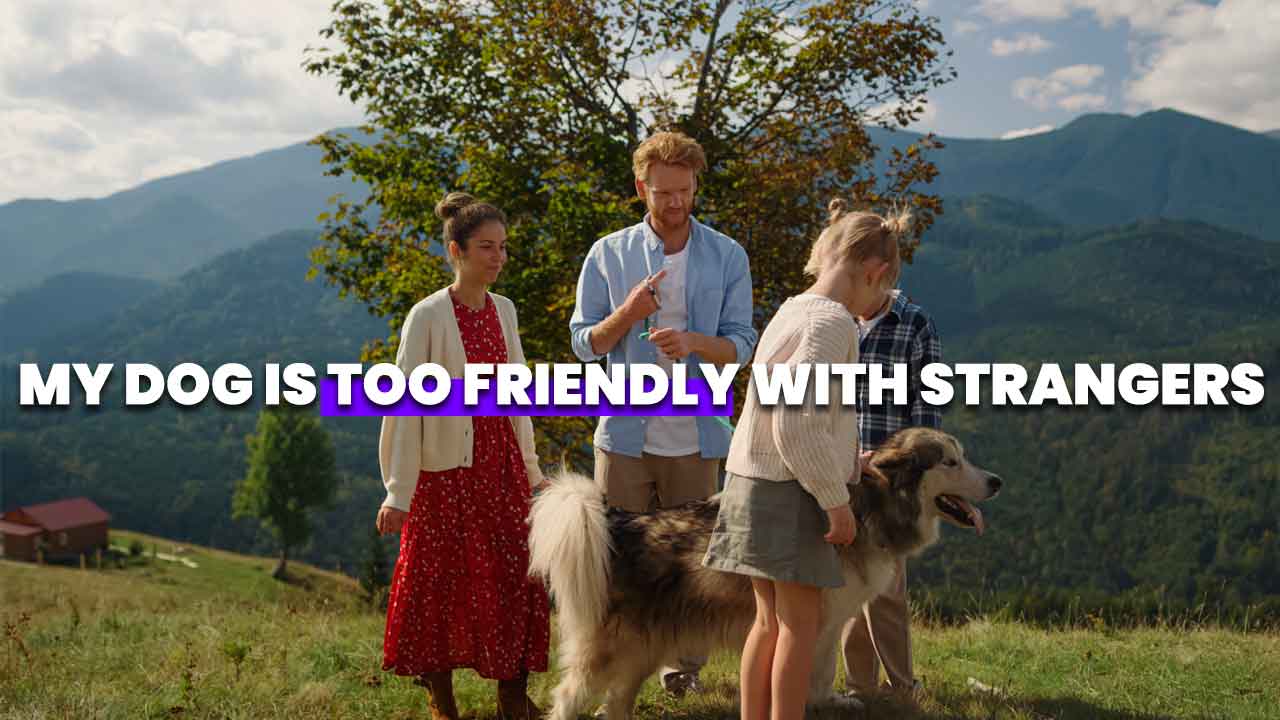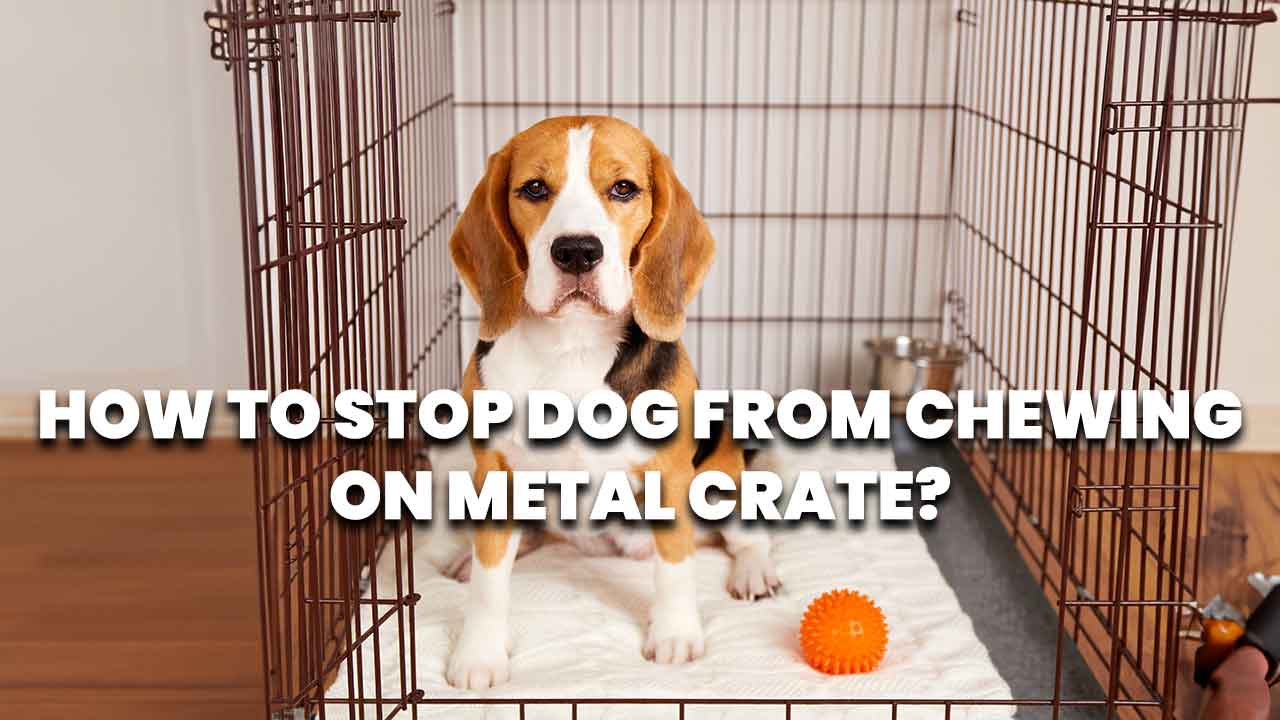Why Do Dogs Play Keep Away?
Table of Contents
Key Insights
| Section | Key Points |
|---|---|
| Unleashing the Hunting Instinct | Connection to ancestral heritage, chase and capture instincts. |
| Fueling the Fun: The Joy of Play | Intrinsic enjoyment, unpredictability, mental and physical stimulation. |
| Strengthening the Bond: Building Trust and Connection | Trust and interaction, strengthens bond, provides quality time. |
| When Keep Away Isn't Playful | Recognize excessive possessiveness or aggression, seek professional help. |
| Making Keep Away More Enjoyable for Everyone | Tips for modifying the game, positive reinforcement, maintaining a playful atmosphere. |
| Conclusion | Embrace the playful spirit, enjoy canine behavior, join the chase. |
Introduction
Have you ever experienced the mix of frustration and amusement when your furry friend grabs something and then refuses to give it back, engaging you in a game of keep away? This common scenario is not just a quirky canine habit but is deeply rooted in their behavior. In this article, we'll dive into the reasons why your dog plays keep away and how this seemingly simple game is connected to their instincts, emotions, and the bond they share with us.
Unleashing the Hunting Instinct
Dogs' playful behavior, particularly in games like keep away, has deep roots in their ancestral hunting instincts. This section explores how these instincts manifest in play and what it signifies about their natural behaviors.
1. Ancestral Ties to Wolves
- Instinctual Chase: Dogs share a lineage with wolves, making the thrill of the chase an ingrained part of their psyche. When your dog runs after a thrown toy, it's mimicking the pursuit of prey.
- Predatory Behavior: Even in play, dogs exhibit stalking, chasing, and capturing behaviors, reminiscent of hunting strategies employed by their wild ancestors.
2. Triggered Instincts Through Play
- Chase and Capture: Throwing objects for dogs to fetch activates their chase and capture instinct. It's not just a game; it's a fundamental part of their nature being expressed.
- Mental Simulation: This instinctual play is not only physically stimulating but also mentally engaging for dogs, keeping them sharp and alert.
3. Illustrative Anecdote
- Example: Consider a Border Collie herding sheep, showcasing the directed, purposeful movement and intense focus. This is similar to how they play keep away, using their instincts to strategize and predict movements.
Understanding the Hunting Instinct in Dogs
| Behavior | Description | Why It Matters in Keep Away |
|---|---|---|
| Stalking | Moving stealthily towards the “prey” (toy or object). | Enhances the dog's focus and engagement in the game. |
| Chasing | Pursuing the object with speed and agility. | Reflects the dog's natural desire to catch and retrieve. |
| Capturing | Finally grabbing the toy. | The culmination of the chase, satisfying the dog's instinctual need to capture. |
By understanding these behaviors, we can appreciate why a simple game of keep away is more than just a game for our dogs—it's a reflection of their natural instincts and ancestral heritage. Keep this in mind next time you're in the middle of a playful chase; it's a deep-seated part of their identity being joyfully expressed!
Fueling the Fun: The Joy of Play
Dogs find joy and excitement in the unpredictability and challenge of the game of keep away. Here's how this playful activity taps into their love for fun:
1. Intrinsic Enjoyment
- Unpredictability: Just like kids love surprises, dogs enjoy the unexpected twists and turns of keep away. It's never the same game twice!
- Mental and Physical Exercise: The game keeps them mentally sharp and physically active, making it a fun and healthy activity.
2. The Thrill of the Chase
- Excitement in the Unknown: Dogs get a kick out of not knowing where the next throw will land or how the game will unfold, adding to the thrill.
- Engaging their Senses: The game engages their sight, sound, and movement, keeping them fully absorbed and entertained.
3. Highlighting the Joy of Play
- Happy and Healthy: A game of keep away is more than just play; it's a source of happiness and good health for your dog, providing necessary exercise and stimulation.
- Bonding Time: It's a chance for you to bond with your pet, sharing in the joy and excitement together.
Why Dogs Love Keep Away
- Excitement of the Chase: They love the thrill and anticipation of chasing after something.
- Physical Activity: It keeps them active and healthy, running and jumping.
- Mental Stimulation: The game keeps their brain engaged and thinking.
- Bonding with You: They enjoy spending time and playing games with their favorite human.
Strengthening the Bond: Building Trust and Connection
Playing keep away isn't just fun and games; it's a way for your dog to show trust and build a deeper connection with you.
1. Trust in Action
- Initiating Play: When your dog plays keep away, it's a sign they trust you and want to engage in fun activities together.
- Interactive Game: The back-and-forth nature of the game requires trust and understanding between you and your dog.
2. Building a Stronger Bond
- Quality Time Together: Each game is an opportunity to spend quality time together, strengthening your relationship.
- Communication: As you play, you learn to understand each other's signals and body language, improving your communication.
By engaging in this playful behavior, you're not just entertaining your dog; you're reinforcing the trust and bond that makes your relationship with your pet so special. Next time your furry friend initiates a game of keep away, see it as an opportunity to strengthen your bond and enjoy some fun together!
When Keep Away Isn't Playful
Sometimes, a game of keep away can indicate more than just playful behavior. It's important to recognize when this game might be a sign of something more concerning.
Recognizing the Signs
- Excessive Possessiveness: If your dog becomes too possessive of objects or toys and shows aggression, it might be a sign of deeper issues.
- Aggression During Play: Watch for signs of aggression that go beyond normal playful behavior. If the game stops being fun and starts being stressful, it's time to reassess.
Reasons Why Dogs Play Keep Away and Their Importance
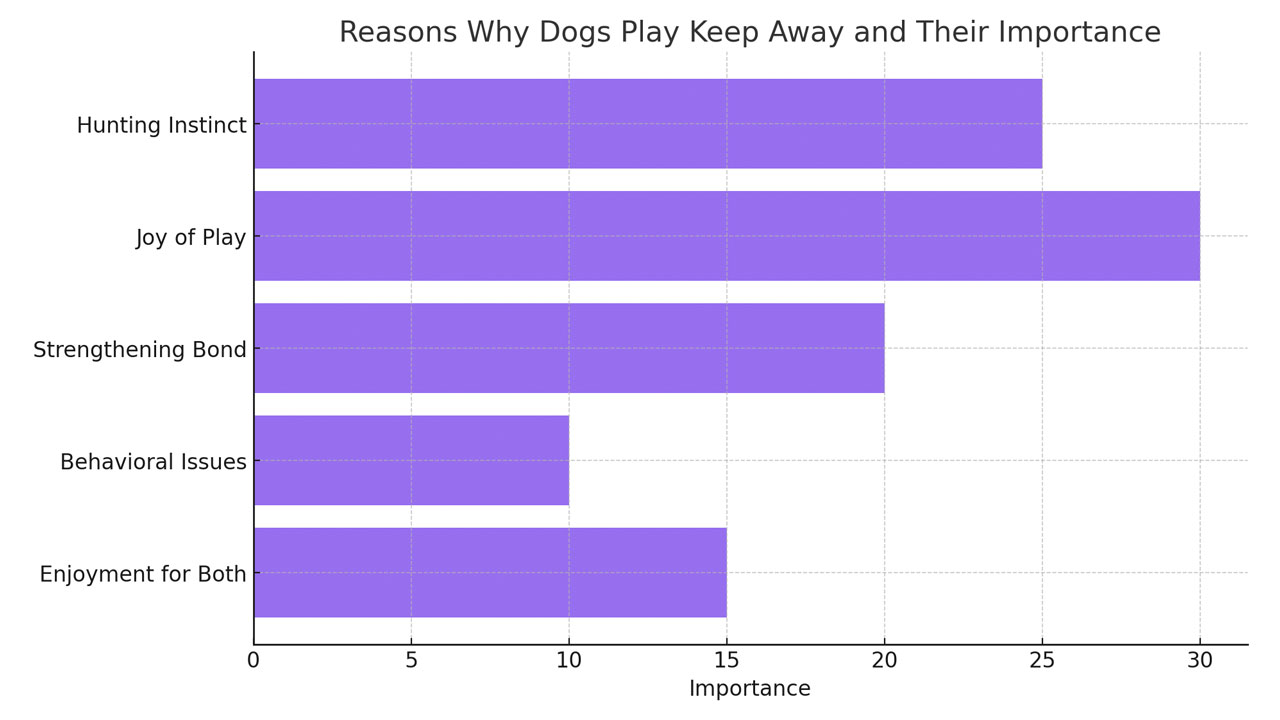
This is a visualization based on the importance of each reason why dogs play keep away, as mentioned before. The graph shows that the joy of play and hunting instinct are the most significant reasons, followed by strengthening bond, enjoyment for both, and behavioral issues. This visual representation helps understand the various motivations behind this common canine behavior.
1. Modifying the Game
- Limit the Chase: Instead of prolonged chasing, keep the game short and sweet to prevent overexcitement or frustration.
- Introduce New Tricks: Mix up the game by introducing commands like ‘drop it' or ‘leave it' to turn it into a training opportunity.
2. Positive Reinforcement
- Rewards: Use treats or verbal praise to reward your dog for good behavior during the game. This encourages them to play nicely and follow rules.
- Keep It Light: Always maintain a playful and gentle tone. If the game gets too intense, take a break and calm down.
Tips for a Happier Keep Away Game
- Set Clear Rules: Establish and enforce simple rules to keep the game under control.
- Use Appropriate Toys: Ensure the toys are safe and suitable for your dog to prevent any harm.
- Monitor Playtime: Keep an eye on the game to ensure it stays friendly and fun.
- Change It Up: Introduce variations in the game to keep it interesting and engaging.
By implementing these tips, you can make sure that the game of keep away remains a fun and bonding activity, enhancing the joyful and playful spirit of your furry friend.
Conclusion
In exploring the various aspects of why dogs engage in a game of keep away, we've uncovered connections to their ancestral instincts, the joy of play, the importance of bonding, and the need to recognize when playtime becomes problematic. This game, though simple, is a window into your dog's world, offering both fun and learning opportunities.
Remember, next time your pup initiates a game of keep away, it's not just about the chase or the object; it's about engaging in a shared experience that brings joy, exercise, and an unbreakable bond between you and your furry friend. So, embrace the playful spirit, understand the deeper meanings behind the game, and most importantly, grab a smile and join the chase!


